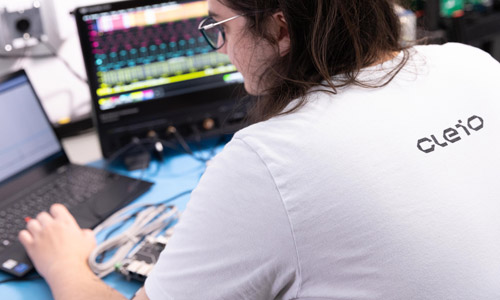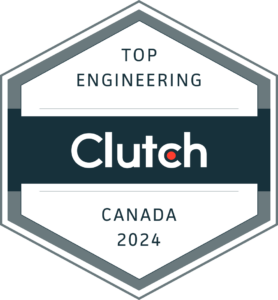On Thursday, April 20, 2023, at 8:33 a.m., all eyes were on Texas as SpaceX’s mega-rocket engines ignited to achieve a remarkable feat: propelling the Starship to an altitude of 150km, completing a near-complete orbit of the Earth and then falling back into the Pacific.
Optimize product design through successive iterations
Testing a prototype to get quick answers
At CLEIO, our User Experience team and User Interface Design team also strives to gather user data during testing, starting with the first prototypes. We conduct one-on-one interviews in which a user completes a test scenario using the prototype. This helps our team collect valuable insights to improve the design and provide recommendations to the client.
NEW EBOOK
6 key strategies to design user experiences that improve people's lives
Design Medical Devices for intuitive User Experience and error-free operation! 🚀
A strong emphasis on UX Design is the blueprint for achieving product excellence, ensuring user satisfaction, and securing market dominance.
Discover all the benefits and learn more by downloading our free ebook!

Managing expectations regarding test results

 Free Consultation
Free Consultation
